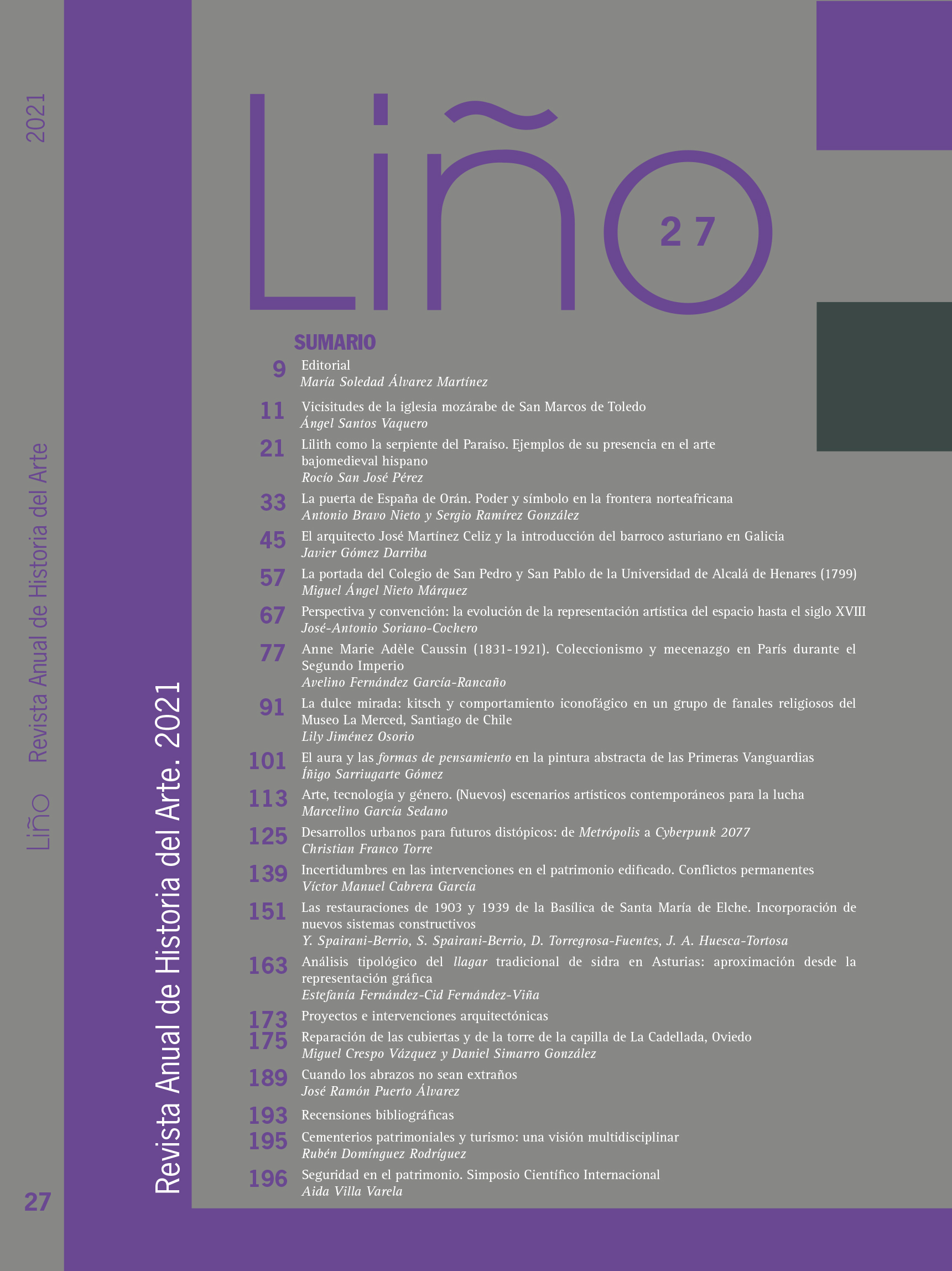Abstract
Born in a modest family in the French town of Commercy, Adèle Caussin came to have a social position that allowed her to gather one of the largest collections of painting of the last third of the 19th century in France, achieving great notoriety, especially when acquiring in 1870 “La Vicaría” by Mariano Fortuny in its first sale in the Goupil´s Exibition Hall in Paris for 70,000 francs. Although historiography has preferred to point out a profile of a frivolous character, it has been possible to access a whole series of unpublished documentation that allows us to know the true personality of the marquise, her humanitarian work, her great knowledge in the field of painting and her relation-ship with the most distinguished of the painters of the time. Corroborates this new version of Mme. Caussin the unpublished epistolary of the Marquise formed by a corpus of more than one hundred letters that have been rescued.
References
BARÓN THAIDIGSMANN, Fco. Javier (coord.) Fortuny (1838-1874), Museo Nacional del Prado, Madrid, 2017.
GONZÁLEZ Carlos y MARTÍ Montserrat, Pintores españoles en Roma (1850-1900) Tusquets Ediciones, Barcelona, 1987.
GOTLIEB Marc, The deaths of Henry Regnault. University of Chicago Press, 2016.
GUÉGAN, Stéphane, Fortuny y los fortunystas: ¿una consagración francesa? en
GUTIÉRREZ MÁRQUEZ, Ana y MARTÍNEZ PLAZA Pedro José, Epistolario del Archivo Madrazo en el Museo del Prado [I], Fundación Masaveu/Museo Nacional del Prado, Madrid, 2017.
HASKELL Francis y PENNY Nicholas. El gusto y el arte en la antigüedad. El atractivo de la escultura clásica (1500-1900). 2ª Edición. Versión española de José A. Suárez Hernández. Alianza Editorial, Madrid, 1990.
MAUROIS, André, Los Tres Dumas Primera edición de 1961. Trad. Ramón Hernández, Plaza &Janés, Barcelona, 1960.
PEROUSE DE MONTCLOS, Jean Marie. Guía del Patrimonio de París. Hachette, París, 1994.
RAGON, Michel. Historia mundial de la arquitectura y el urbanismo modernos. Tomo I Ideologías y pioneros (1800-1910), Ediciones Destino, Barcelona, 1979.


